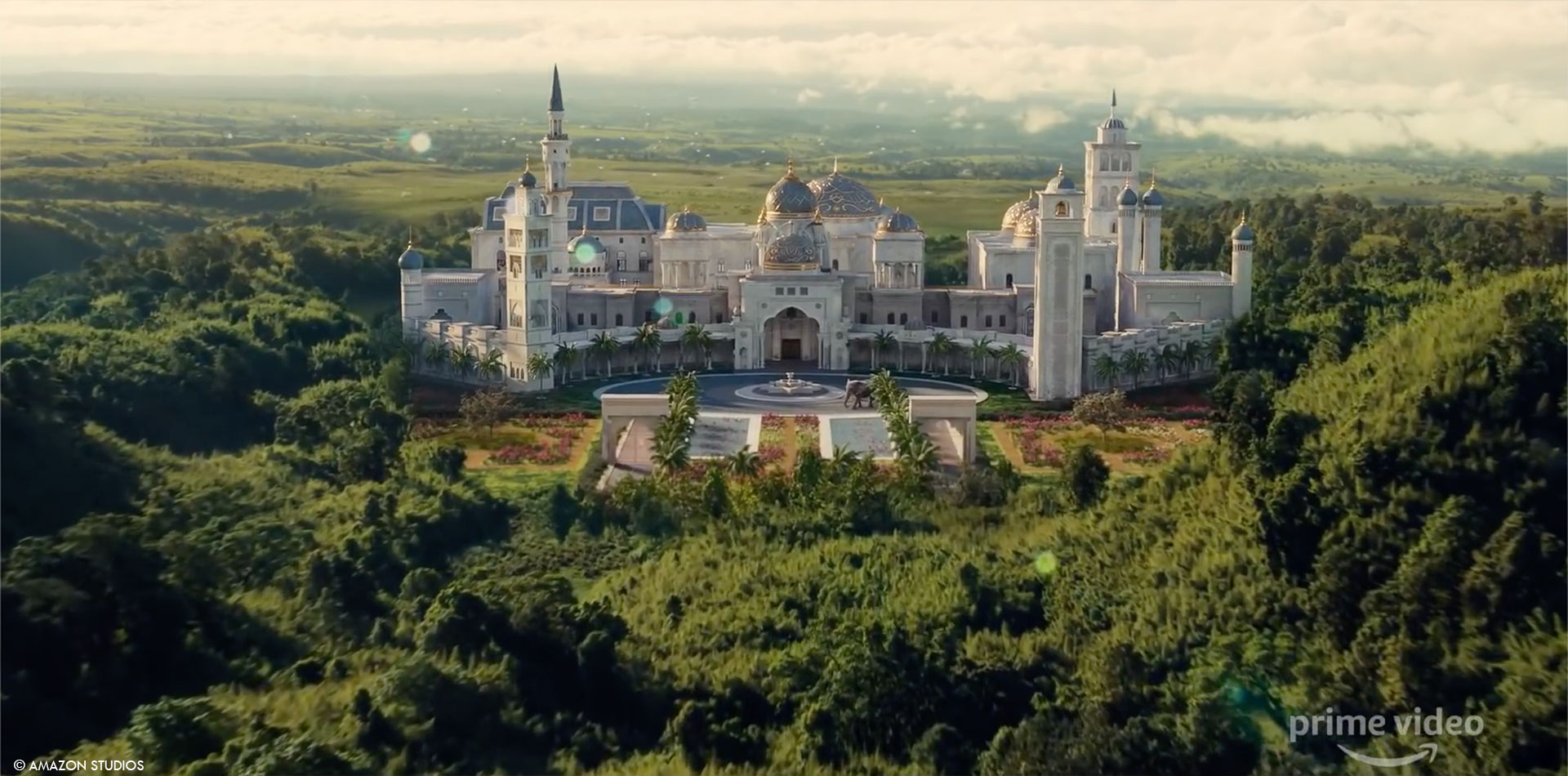Jon Farhat has been working in visual effects for almost 40 years! He joined Dream Quest Images and worked on The Abyss and Total Recall. He then took care of the effects on many films such as The Nutty Professor, Doctor Dolittle, Wanted and The Book of Eli.
What is your background?
Before getting into VFX in the early 80s, I was an agency art director and illustrator. During The Abyss and Total Recall, I joined the staff at Dream Quest Images. Eventually I stumbled across my first VFX nomination for The Mask and from then on I followed that path. Essentially I rode in on the coat tails of Spaz Williams, Scott Squires and Tom Bertino at ILM. It was mostly a desperate effort to try and make our work look as good as theirs. Essentially, my VFX career started with a lot of luck and help from some very talented people.
How did you get involved on this show?
This is my 5th show working for Eddie. EMP brought me in.
How was the collaboration with Director Craig Brewer?
Craig was and still remains very open to ideas, no matter who presents them. His excitement is infectious and his love for movies makes the collaboration fun.
What was his approach and expectations about the visual effects?
I want more!
How did you organize the work with your VFX Producer?
Well, during the shoot I didn’t have the option of a VFX producer so Paramount VFX was quite supportive. However, once we started post, I really needed a partner and Denise Davis was the perfect superstar producer for the job. The VFX sup and producer relationship is essential. If you have a good team, it seems you can take on the world.
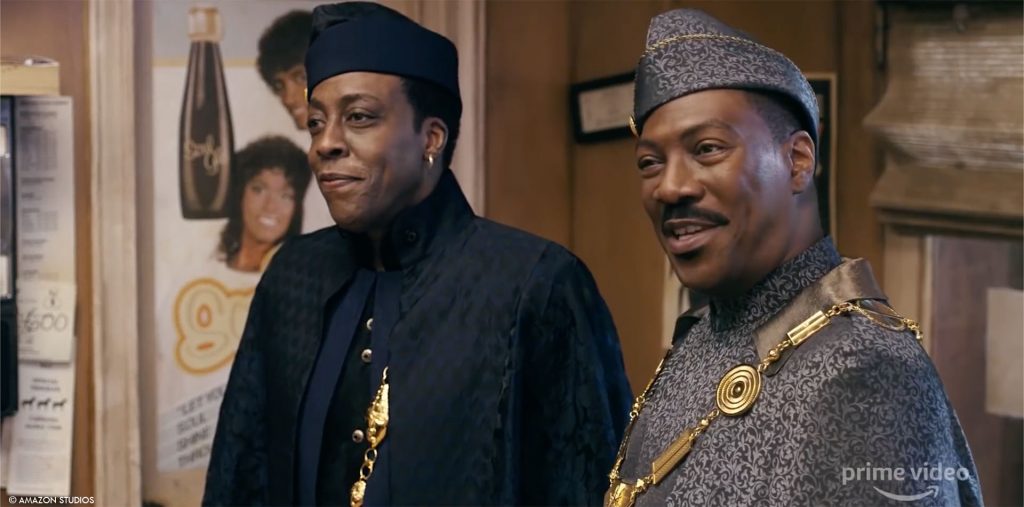
What are the advantages and challenges to be also the Second Unit Director?
I find working as SUD and handling VFX at the same time is actually much more efficient. Craig was always very supportive to breaking off a Camera team and letting us run. Having said that, I do appreciate the luxury of working with a brilliant second unit director who has a love for, (instead of a disdain) VFX.
How did you work with the art department for the beautiful country of Zamunda?
I view VFX as an extension of the Production Designer and DP, in their quest to provide the director’s vision. VFX is a tool and an art. It pains me to see VFX sups try to compete with the art and camera. The satisfaction of collaboration with these crafts is huge. For instance, in working with Jeff Sage the production designer, my main goal was to offer support and present the VFX as an extension of his art. Of all the matte paintings and set extension we did on the show, (due to covid we never got to shoot our plates of NYC or Africa) Jeff Sage and his team would design and produce all the basic 3D models of the palace, grounds etc. During post, I was constantly involving Jeff in the design reviews.
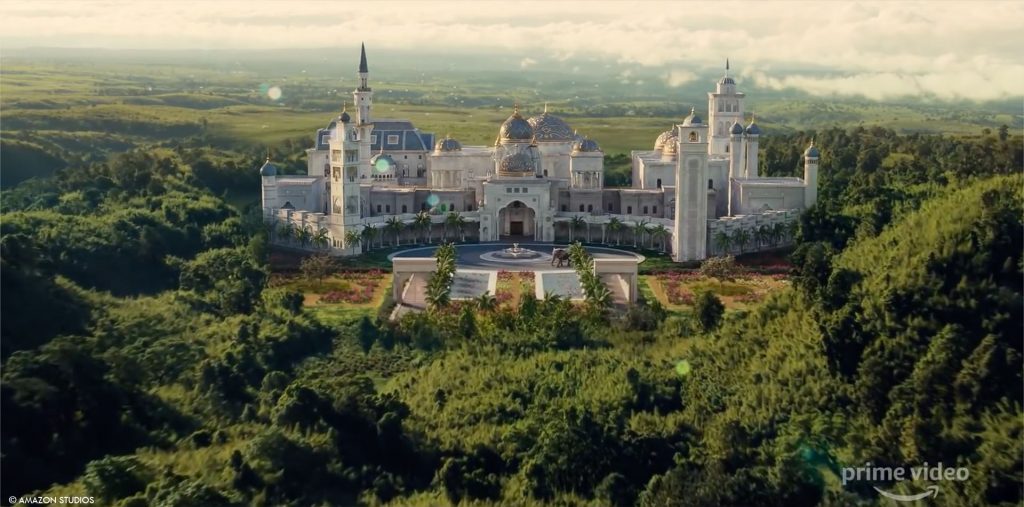
Can you explain in detail about the creation of his stunning palace?
The palace appeared in a few places in the show, but to best understand the ‘how’ and method of it all, let’s just look at the opening shot. Obviously we needed a BG aerial and approach from the top of the Paramount mountain to 10,000 feet below in one shot. Our budget would not allow me to go to Kenya to shoot, as I normally do in aerial units. Being a commercial helicopter pilot myself, I decided to first create the entire shot in Google Earth Studio, export the coordinates from the top of Mt. Kenya to the base of where we wanted the palace to be tracked in. Then I took the LAT/LON and nodal data over time, and I wrote a small program to convert to a format that we could use in a helicopter navigation system. Austin Meyer at X-Plane, a good friend and collaborator over the years, was able to convert all this into his glass cockpit navigation program called Xavion. Essentially, all the pilot had to do, is fly through the hoops on screen, and he would complete the path exactly as pre-visualized and modeled. Lighting was precisely determined and used to schedule lift off. I then only had to hire an associate I flew with many times, who had a flight service in Nanuki, Kenya, at the base of Mt. Kenya. We paid a mere fraction of what we would have had we all flow there and piloted ourselves. The team sent back the r3D files, (RED 6K) and we debayered and processed on this end.
When we turned the data and plates over to ILM, Eddie Pasquarello and his team were then given the tools and data to do the stunning work they did. Jeff Sage was busy with me fine tuning the palace design and those elements were given to ILM. They in turn created stunning detailed assets from the material and myself and Jeff would review. Frankly, anything ILM touched was stunning and thoughtful.
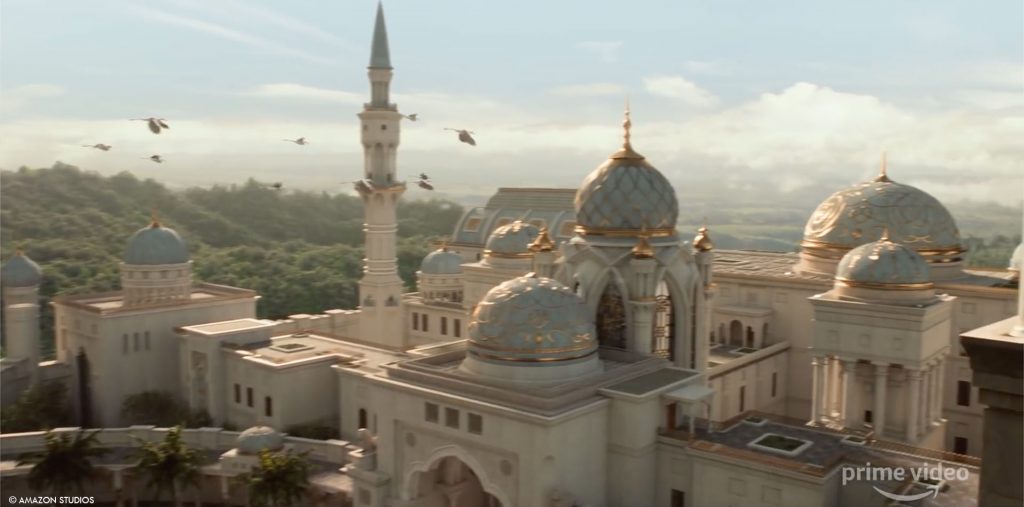
What kind of references and influences did you received for Zamunda?
This was a bit difficult. There was the opulence of Zamunda ’next door’ to Nexdoria which was to look depressed. Yet, we had to be careful not to poke fun at poverty so the challenge was to make any shot of Nexdoria ‘funny’ instead of dire. Jeff Sage and Ruth Carter set the tone and look of Zamunda. Nexdoria was an exploration in post.
Where was filmed the various parts of the movie?
All in Atlanta. Devin Breese our Data Wrangler and I traveled to NYC to scout, and as it turned out we had to create CG environments and matte paintings of all the areas we scouted, using only our location stills. Needless to say NYC was in lockdown as were we for most of post.
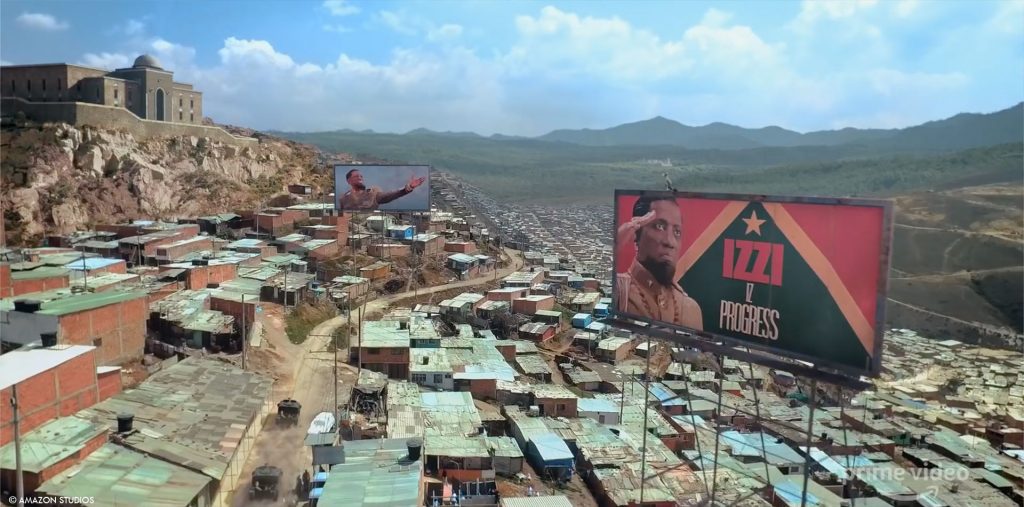
Can you tell us more about the set extensions work for New York?
Crafty Apes in Atlanta did most of our NYC exteriors working with the elements and models Devin and I assembled. They did marvelous and thoughtful work.
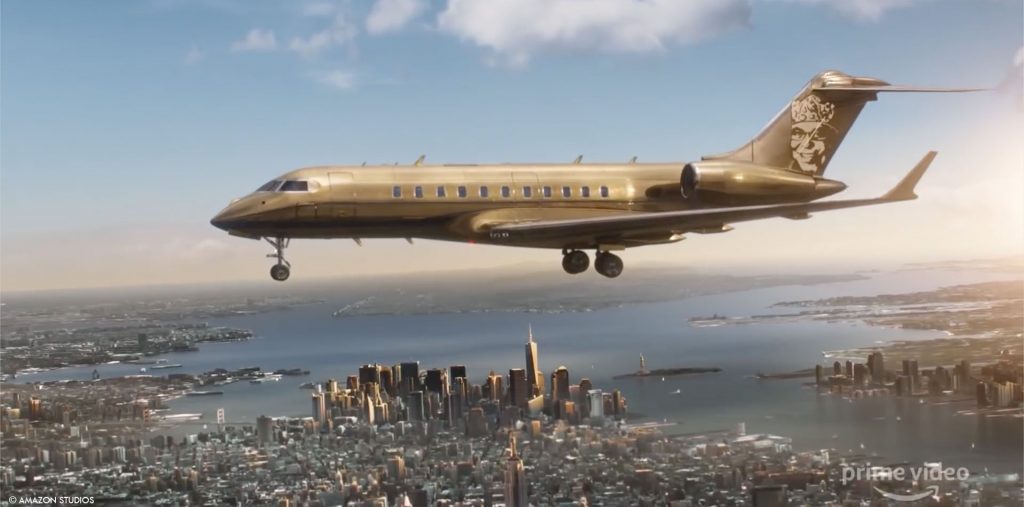
We discover a lot of animals in Zamunda. Can you elaborates about them?
Except for some stock shots of giraffes or zebras, all the lions elephants, birds were entirely created by ILM. I previsualized the scenes in the Avid and temped everything using some CG assets of a Lion and Elephant I quickly make. They were rough but we were able to tell a story with them. We were actually planning on shooting a real lion prior to Covid lockdown and had no money or plan to do these CG. I had constructed special tables with glass tops for Lucas the Lion (we called him Lucious for Craig) would jump on. We spent month training the lion while shooting and in post. In the end, lions started contracting covid and lockdowns spread to the point that we could not shoot.
This is where the art and talent of a smart VFX producer comes in. Thanks to Denise Davis and with the help of Steph Allen at Paramount – a deal was made with ILM to do the Lion and Elephant entirely CG. That deal save us. ILM didn’t just agree to do it, they leaned into it an if I may say, produced some of the most believable cats and elephants I’ve seen. It was just great to have a CG lion that acted like a lion and not talking or emoting like a human.
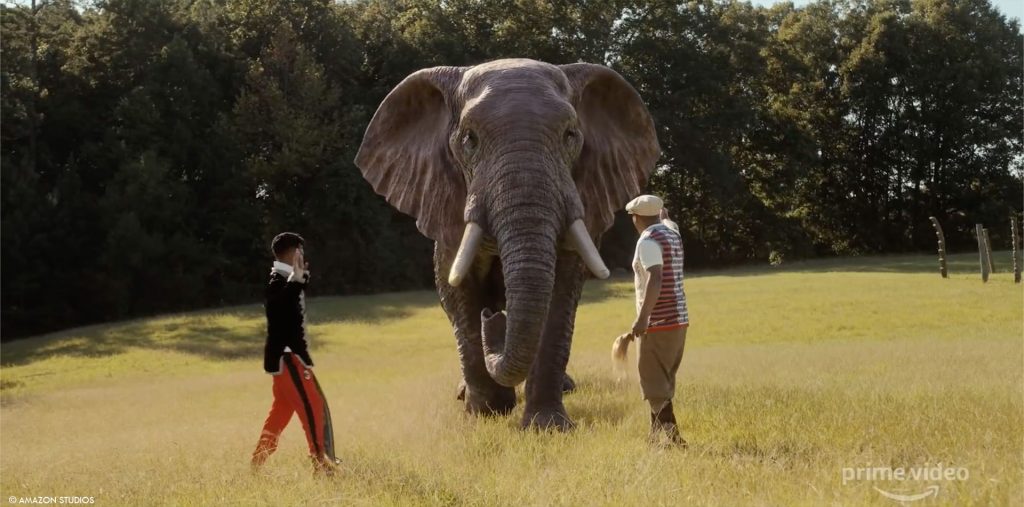
How did you help the cast and crew to visualize the CG animals?
To help the team visualize the lion on set, I found a taxidermy supply that had lion forms in all sorts of positions and expressions. I bought a few of them and we dropped them into the set as needed.
Eddie Murphy is playing multiple characters. How did you combine them in the same shots?
I’ve developed this technique with Eddie M over the last 28 years and in deference to him, I’m not obliged to discuss. Except to say, we use motion control, not just to do the splits, but mostly to get the camera back and forth to the same positions over the course of 6 days and 9 characters. To do this, Eddie shoots in sequence and you can’t just shoot out a camera spot for multiple scenes. If shooting in sequence, you have to return. Even if the operator is freely moving the head.
Keep in mind, we don’t program motion control moves, we only record what the operator is doing then play it back. But for Eddie, Arsenio and Clint, the playback involved ear-wigs so we could mic them without hearing off camera playback for the previous characters performance they are responding to.
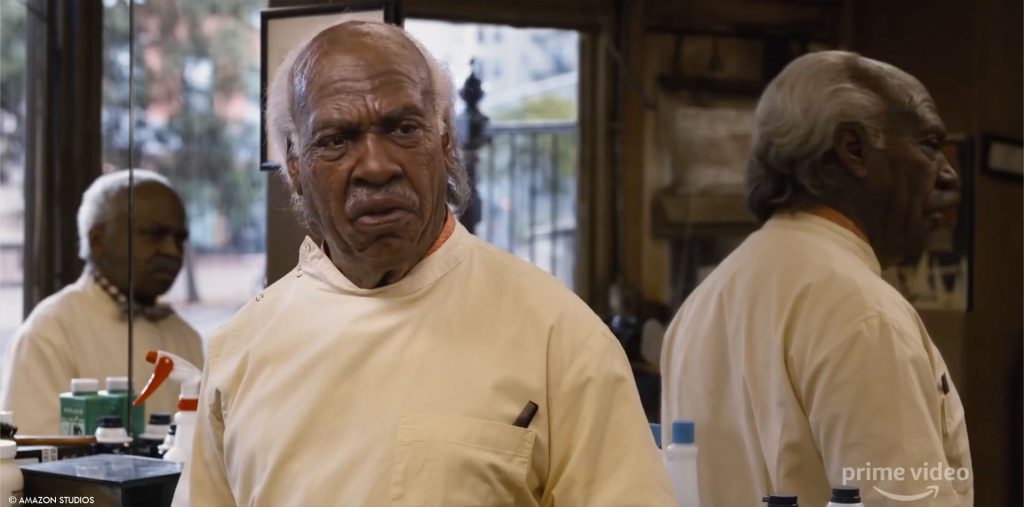
What was your approach for the rejuvenation for the flashbacks sequence?
Essentially Lola employed a hybrid deep-fake technique with tracked CG face geometry. But the expressions and eyes of a 60 year old don’t really line up with those of a 28 year old. The doe-eyed, blissful Akeem at 28 years old gave way over the years to more intense knowing eyes of the older Eddie. De-aging structurally is rather straightforward, at least as it relates to what the goals are. But de-aging emotion is really tough. In the end, if it felt right, it was right.
What was the main challenges with the rejuvenation shots?
Emotion.
Which sequence or shot was the most challenging?
De-aging Eddie.
How was the collaboration with their VFX and Animation Supervisors?
Eddie Pasquarello at ILM and his team were so smart and welcoming and overflowing with talent. I can’t say enough about how enjoyable, progressive and just plain easy it was to collaborate.
How long have you worked on this show?
18 months.
What are the four movies that gave you the passion for cinema?
Apocalypse Now
The Lion in Winter
12 Angry Men
Alien
A big thanks for your time.
WANT TO KNOW MORE?
Amazon Prime Video: You can watch now Coming 2 America on Amazon Prime Video.
© Vincent Frei – The Art of VFX – 2021


